The Ultimate Guide to the 10 Best Foods for Gut Health
Boost Digestion, Immunity & Well-Being Naturally
Your gut is far more than a digestion hub—it’s the command center for your immune system, mood, inflammation response, and overall vitality. With 70% of immune cells residing in your gut and a complex network of 100 trillion microbes (your “microbiome”) influencing everything from nutrient absorption to mental health, nurturing your gut is non-negotiable for total wellness.
The good news? Your diet is your most powerful tool. In this science-backed guide, we’ll unpack the 10 best foods for gut health, why they work, and exactly how to use them daily.
What Truly Makes a Food “Gut-Friendly”?
Not all healthy foods directly benefit your microbiome. Truly gut-nourishing foods deliver these key components:
Probiotics
Live bacteria that colonize your gut, crowding out harmful microbes. Found in fermented foods.
Prebiotics
Specialized fibers that feed probiotics. Without them, good bacteria starve. Found in plants.
Polyphenols & Antioxidants
Reduce inflammation and oxidative stress in the gut lining.
Fiber
Adds bulk to stool, feeds microbes, and produces short-chain fatty acids (SCFAs) like butyrate—your gut lining’s primary fuel.
Pro Tip:
Aim for diversity. Eating 30+ plant foods weekly dramatically boosts microbiome richness (American Gut Project, 2018).
10 Best Foods for Gut Health
(Each entry includes science-backed benefits and practical usage)
1. Yogurt: The Probiotic Powerhouse
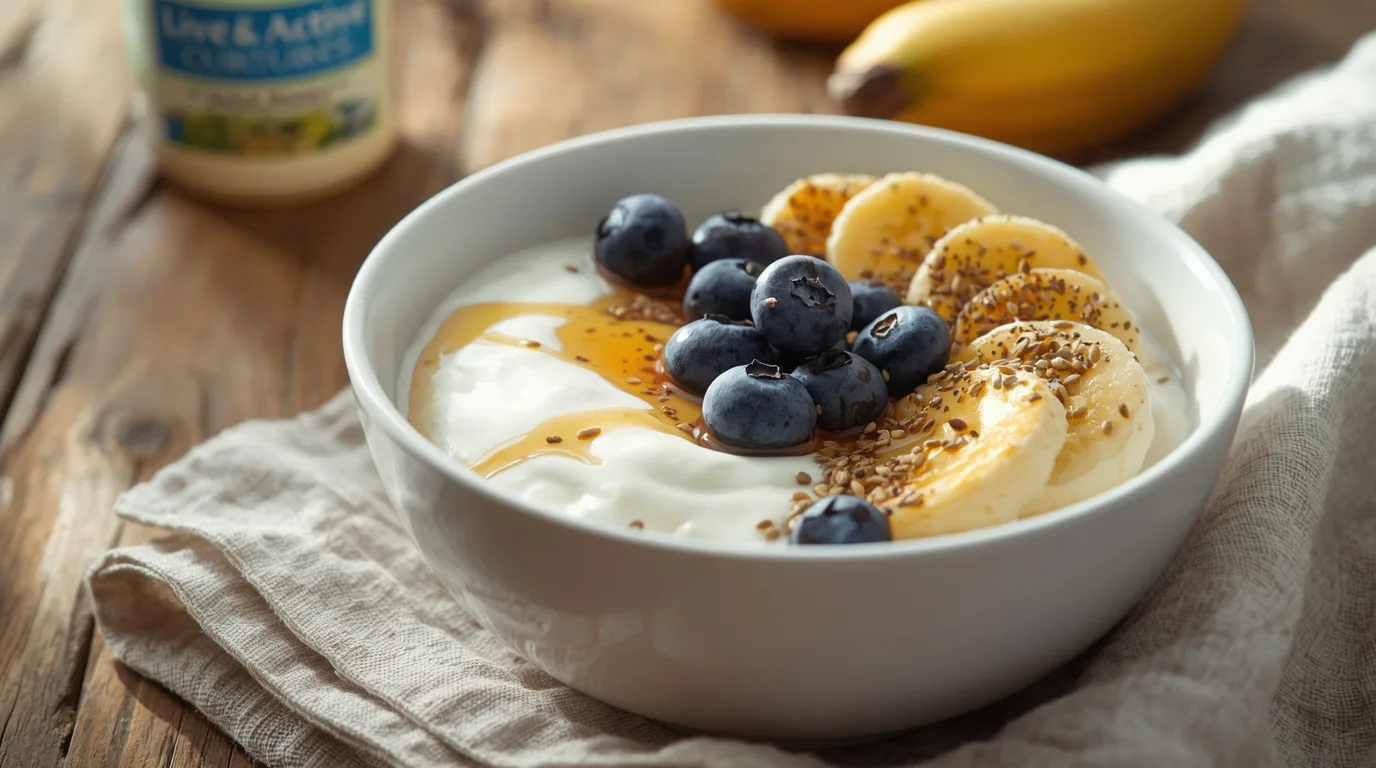
Maximize Benefits:
- Choose plain, unsweetened, “live & active cultures” labels.
- Add prebiotic toppings: berries, bananas, or chia seeds.
- Recipe Hack: Freeze with berries for probiotic-rich “fro-yo.”
2. Sauerkraut: Fermented Superfood
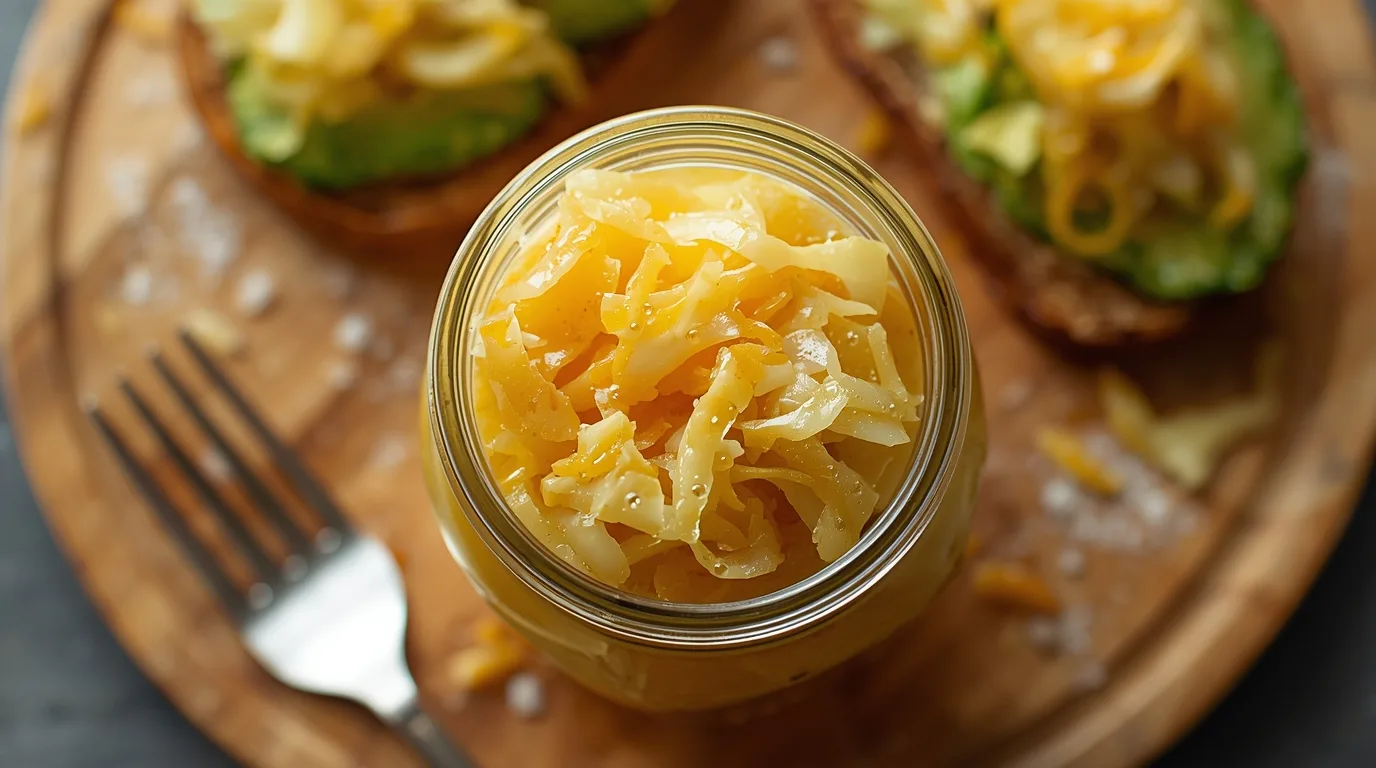
Maximize Benefits:
- Buy refrigerated, unpasteurized varieties (pasteurization kills probiotics).
- Start with 1 tbsp daily to adjust.
- Recipe Hack: Add to avocado toast or grain bowls.
3. Garlic: Prebiotic Warrior

Maximize Benefits:
- Crush and let sit 10 minutes before cooking to activate allicin.
- Eat raw in dressings for maximum impact.
4. Ginger: The Gut Soother

Maximize Benefits:
- Grate fresh ginger into tea, soups, or stir-fries.
- Use for motion sickness: Chew 1 tsp raw ginger pre-travel.
5. Bananas: Resistant Starch Hero
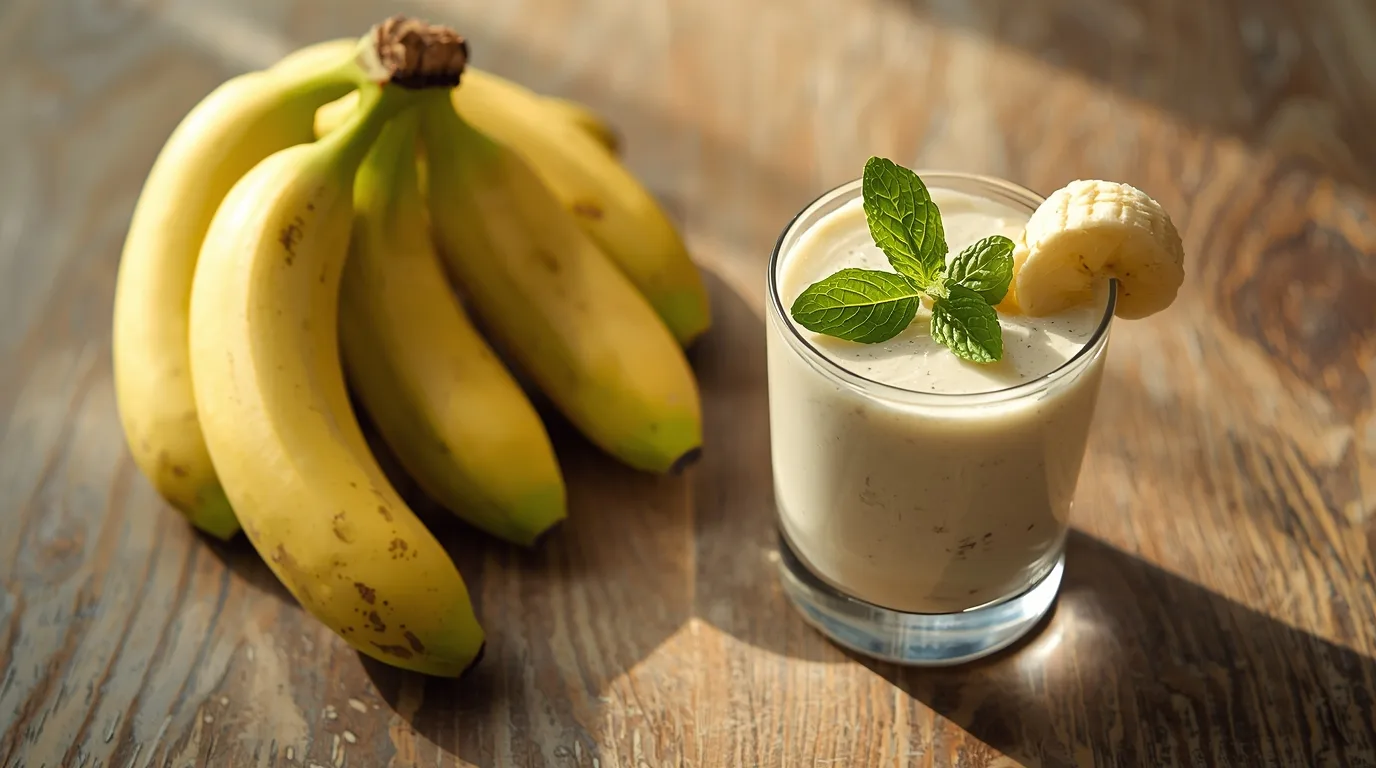
Maximize Benefits:
- Choose slightly green bananas for higher resistant starch.
- Blend into smoothies with yogurt for a synbiotic duo.
6. Asparagus: Prebiotic Spear
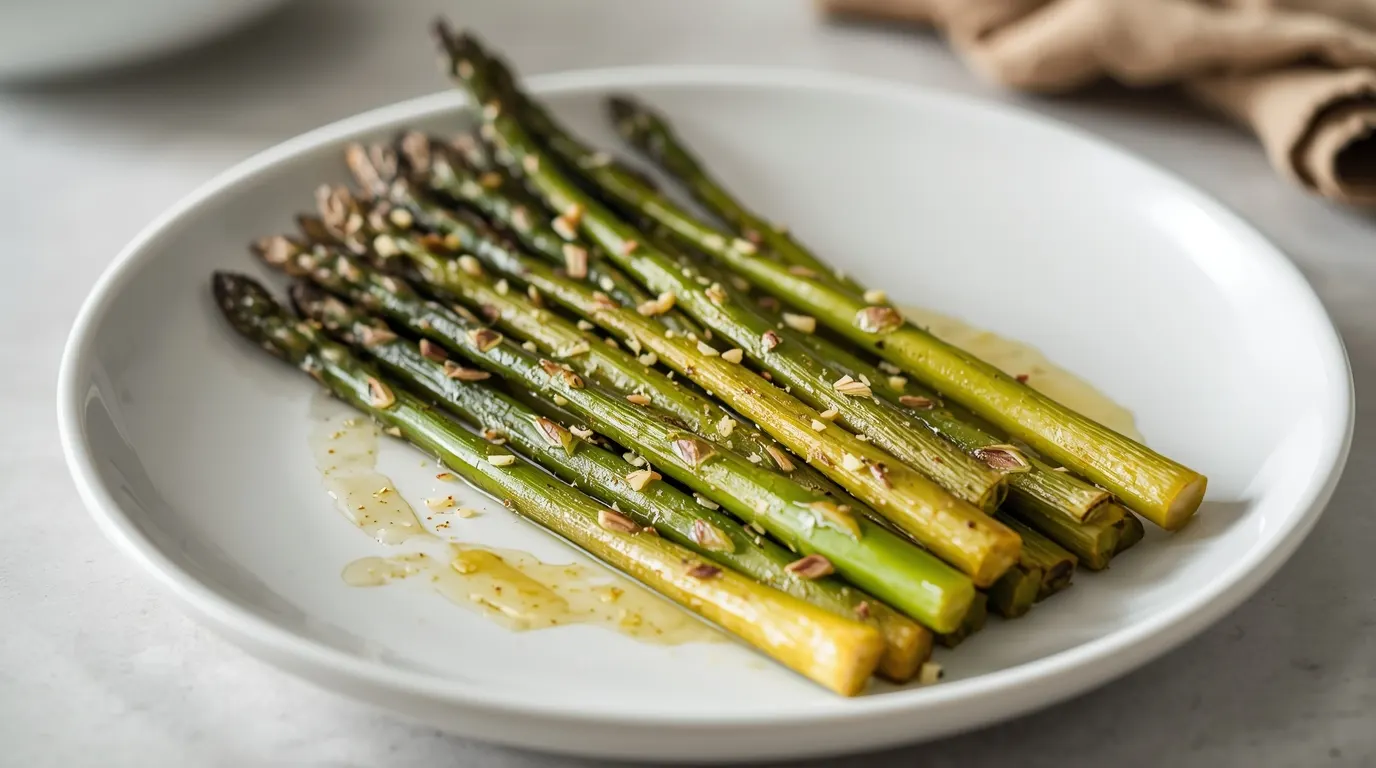
Maximize Benefits:
- Roast with olive oil and garlic (triple gut boost!).
- Shave raw into salads.
7. Bone Broth: Gut Lining Repair
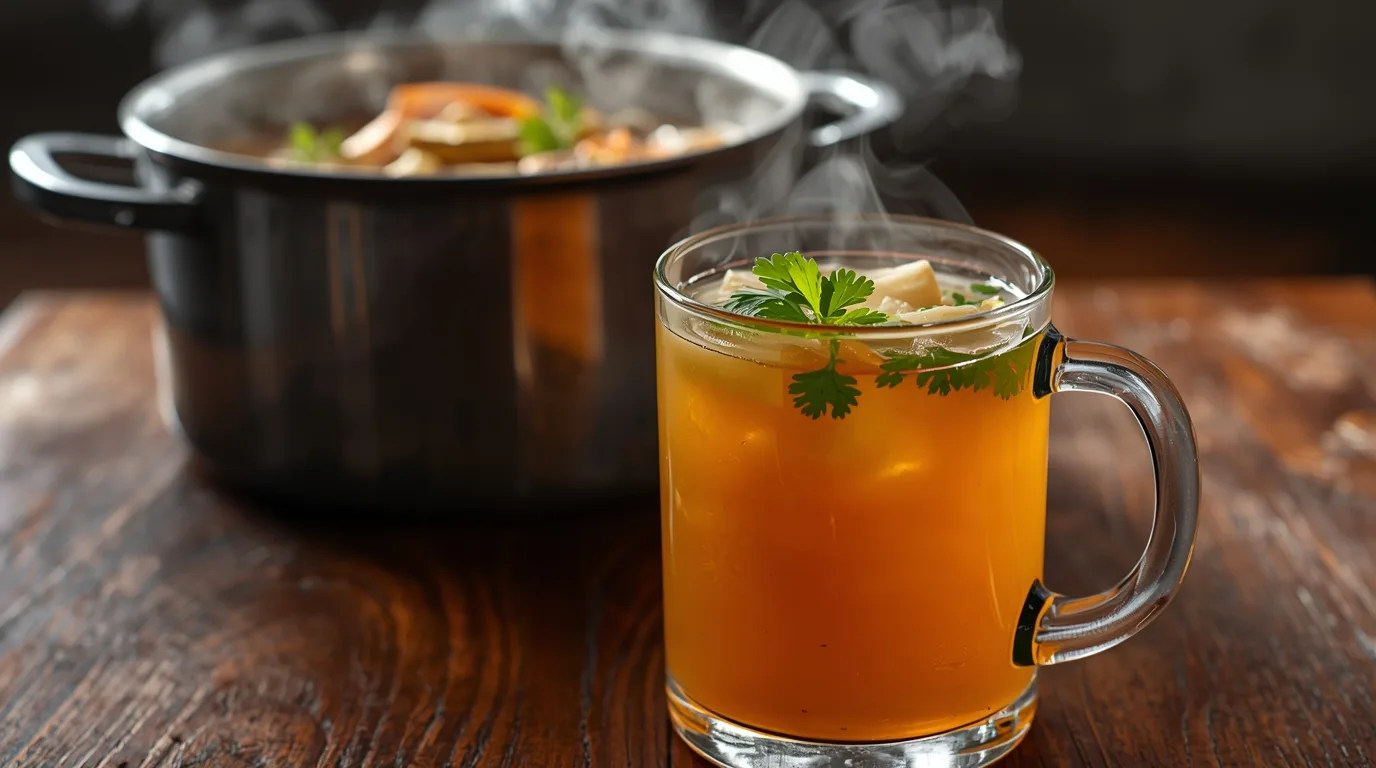
Maximize Benefits:
- Simmer bones 12–24 hours for maximum nutrient extraction.
- Sip 1 cup daily or use as soup base.
8. Apple Cider Vinegar: Digestive Aid
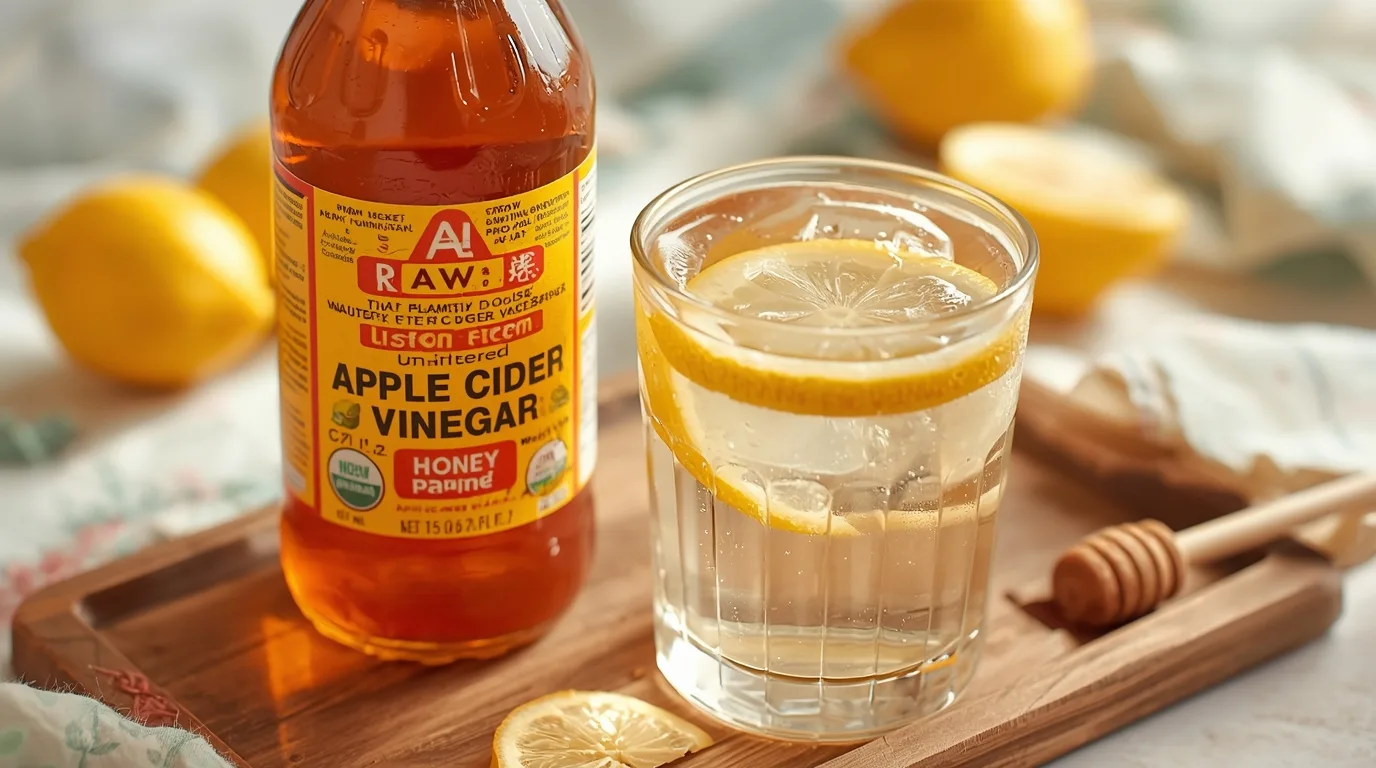
Maximize Benefits:
- Mix 1 tbsp in water 10 minutes before meals.
- Avoid undiluted—can erode tooth enamel.
9. Blueberries: Antioxidant Powerhouse
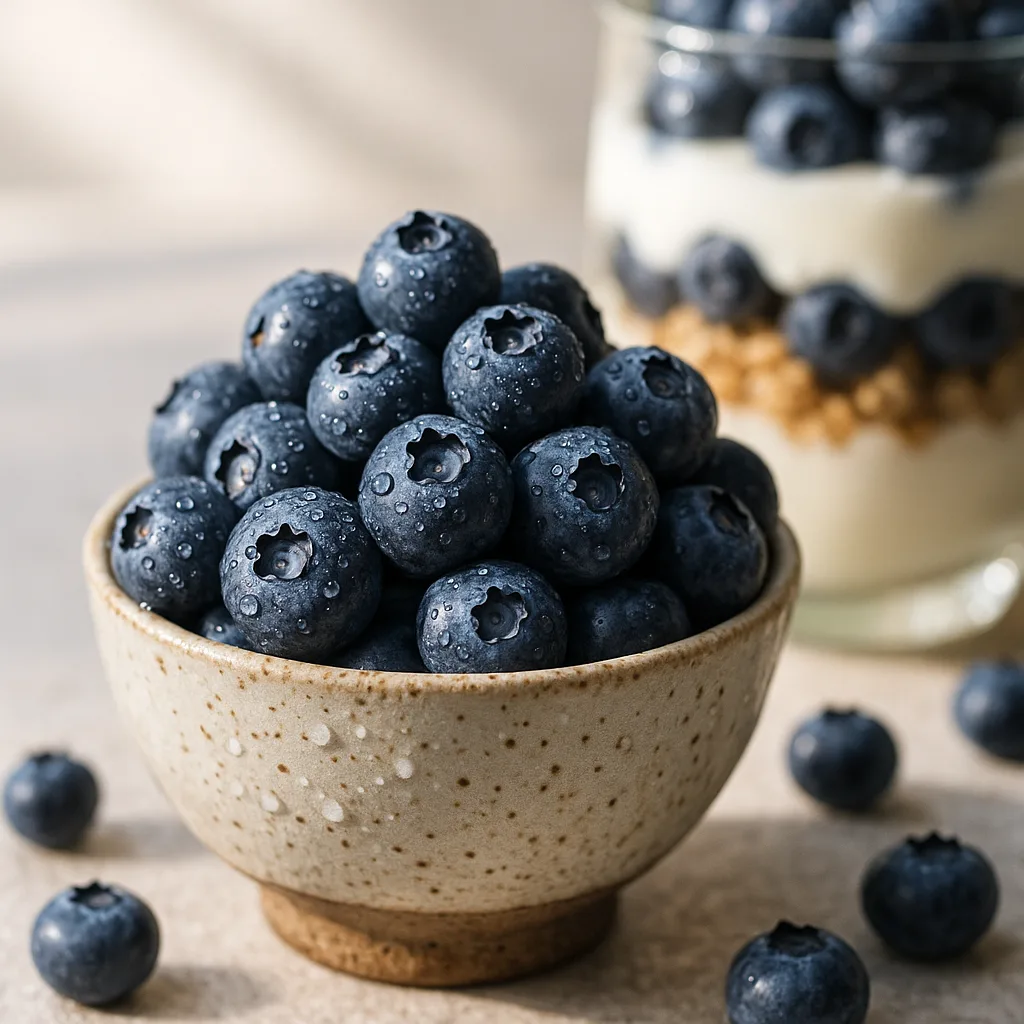
Maximize Benefits:
- Buy wild blueberries for 2x antioxidants.
- Pair with yogurt or kefir for probiotic synergy.
10. Extra Virgin Olive Oil (EVOO): Anti-Inflammatory Fat
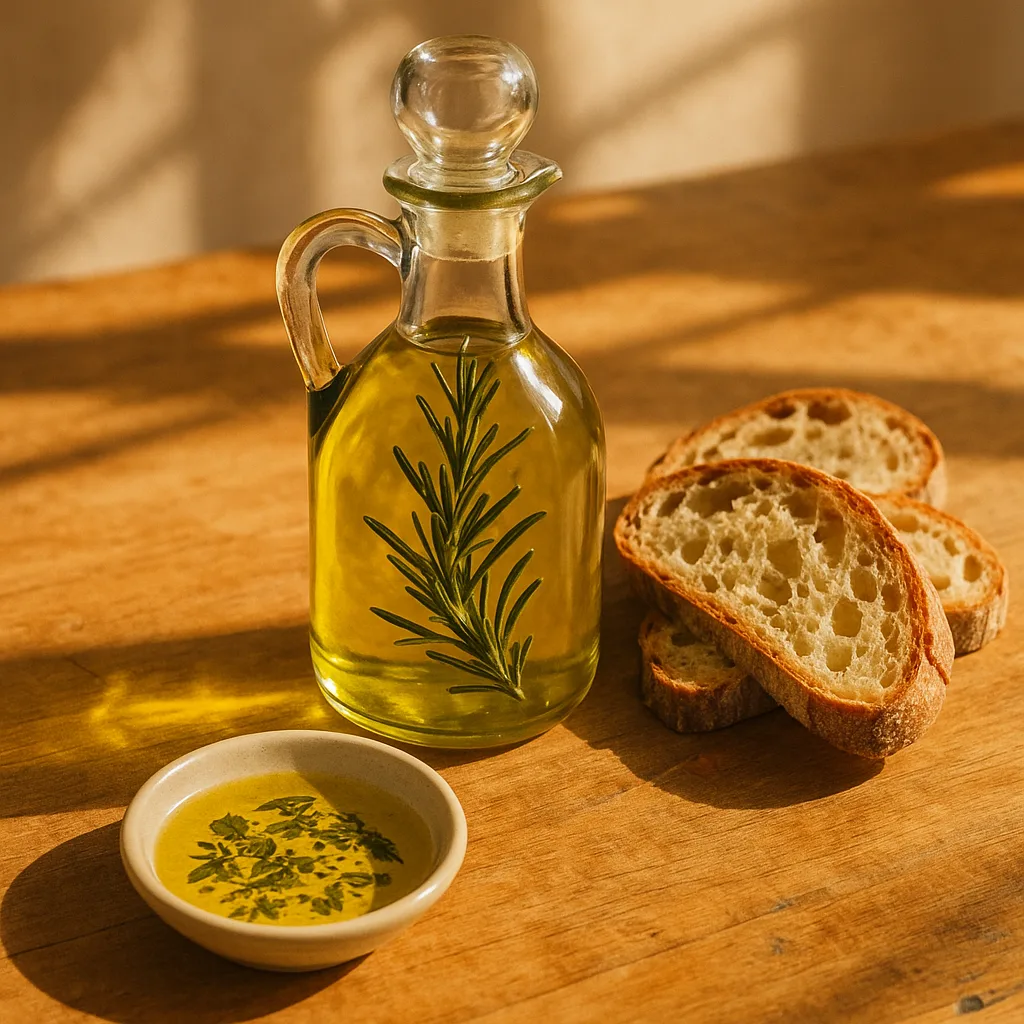
Maximize Benefits:
- Use raw in dressings (heat destroys polyphenols).
- Aim for 2 tbsp daily.
7-Day Gut-Healing Meal Plan (Easy & Practical)
Pro Tips:
- Soak beans/legumes overnight to reduce bloating.
- Chew each bite 20–30 times—mechanical digestion eases gut burden.
The Gut-Brain Connection: Why This Matters
Your gut microbiome produces 90% of your body’s serotonin (“happy hormone”). When gut balance is disrupted (dysbiosis), studies link it to:
- Increased anxiety/depression (Nature Microbiology)
- Autoimmune conditions (IBD, Hashimoto’s)
- Weight gain and insulin resistance
3 Non-Food Tips for a Thriving Gut
Manage Stress
Cortisol inflames the gut. Practice daily breathwork (try 4-7-8 breathing).
Prioritize Sleep
<7 hours/night reduces microbiome diversity (Sleep Journal).
Move Daily
Exercise increases butyrate-producing bacteria by 40% (Gut Microbes Journal).
Key Takeaway
Your gut health is foundational—it impacts immunity, mood, weight, and longevity. By consistently adding these 10 science-backed foods to your diet, you’ll nourish a resilient, diverse microbiome that supports total-body health.
Ready to Transform Your Gut?
👉 Download Our FREE 7-Day Gut-Healing Meal Plan at GlowGut40.com! Get 20+ easy recipes, shopping lists, and snack ideas—all designed to reduce bloating and boost energy.
Get Your Free Meal PlanWhich gut food will you try first? Share below!
Q1: How quickly will I notice improvements in gut health after eating these foods?
A: Timing varies based on your starting point, but many report reduced bloating within 1-3 weeks. Microbiome shifts begin in 3-4 days (Cell Study), but lasting changes require 4+ weeks of consistent intake. Tip: Track symptoms in a journal.
Q2: Can I overdo fermented foods like sauerkraut?
A: Yes—start slowly (1-2 tbsp/day). Too much too fast may cause gas or bloating as your microbiome adjusts. Those with histamine intolerance should consult a doctor first, as fermented foods can trigger reactions.
Q3: Are probiotic supplements necessary if I eat these foods?
A: Not usually. Whole foods provide synergistic nutrients (e.g., fiber + polyphenols) that isolated probiotics lack. Supplements may help specific conditions (like antibiotic recovery) but aren’t a substitute for dietary diversity.
Q4: What if I dislike the taste of apple cider vinegar or ginger?
A: Try these hacks:
Mix ACV in herbal tea with cinnamon.
Blend ginger into smoothies with pineapple or mango.
Use garlic powder (retains prebiotics) if raw garlic is too strong.
Q5: Can these foods help with IBS or leaky gut?
A: Yes—but cautiously:
Bone broth and olive oil soothe intestinal lining.
Low-FODMAP options: Bananas, blueberries, ginger.
Avoid during flares: Garlic, asparagus, ACV (can irritate). Always work with a gastroenterologist.